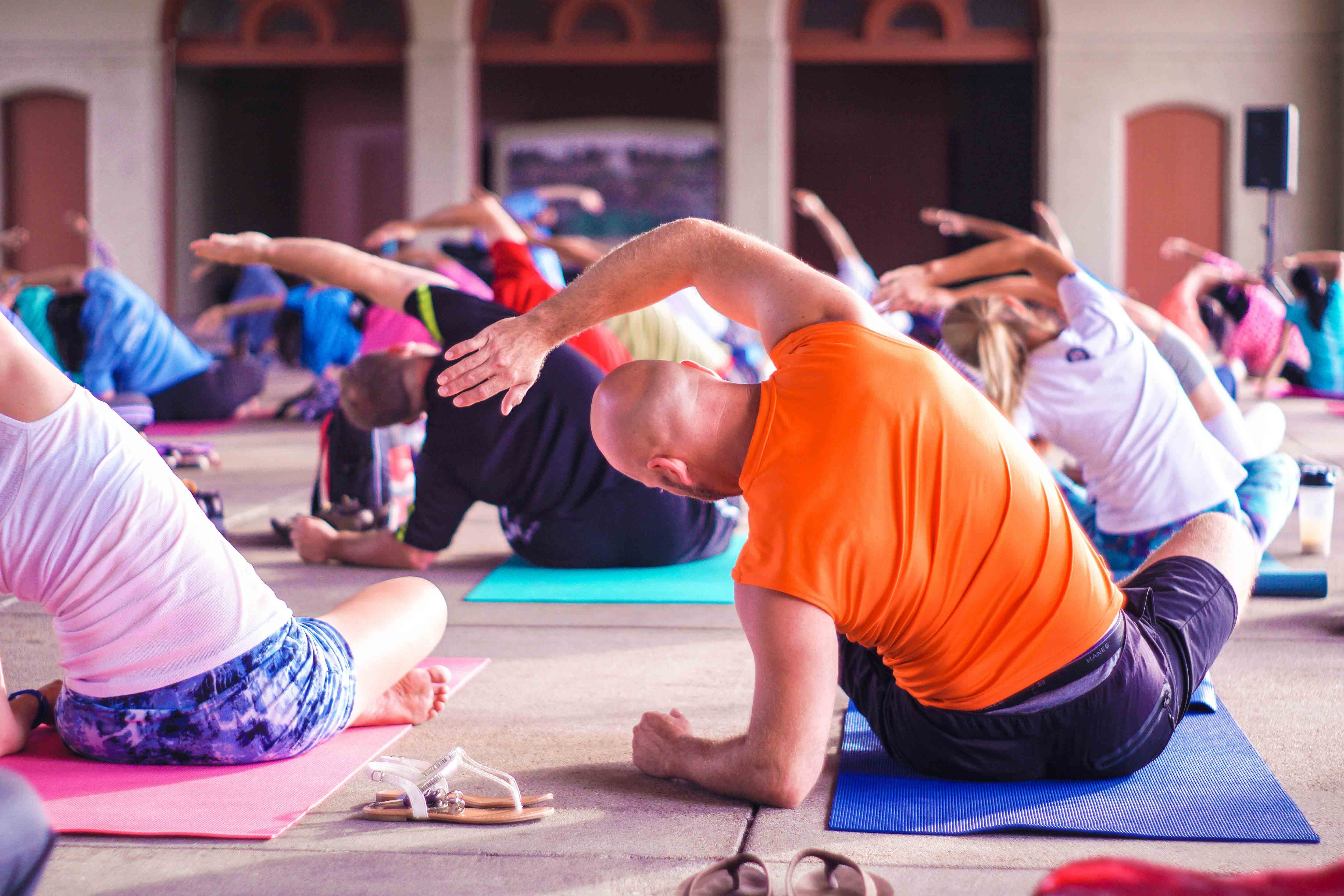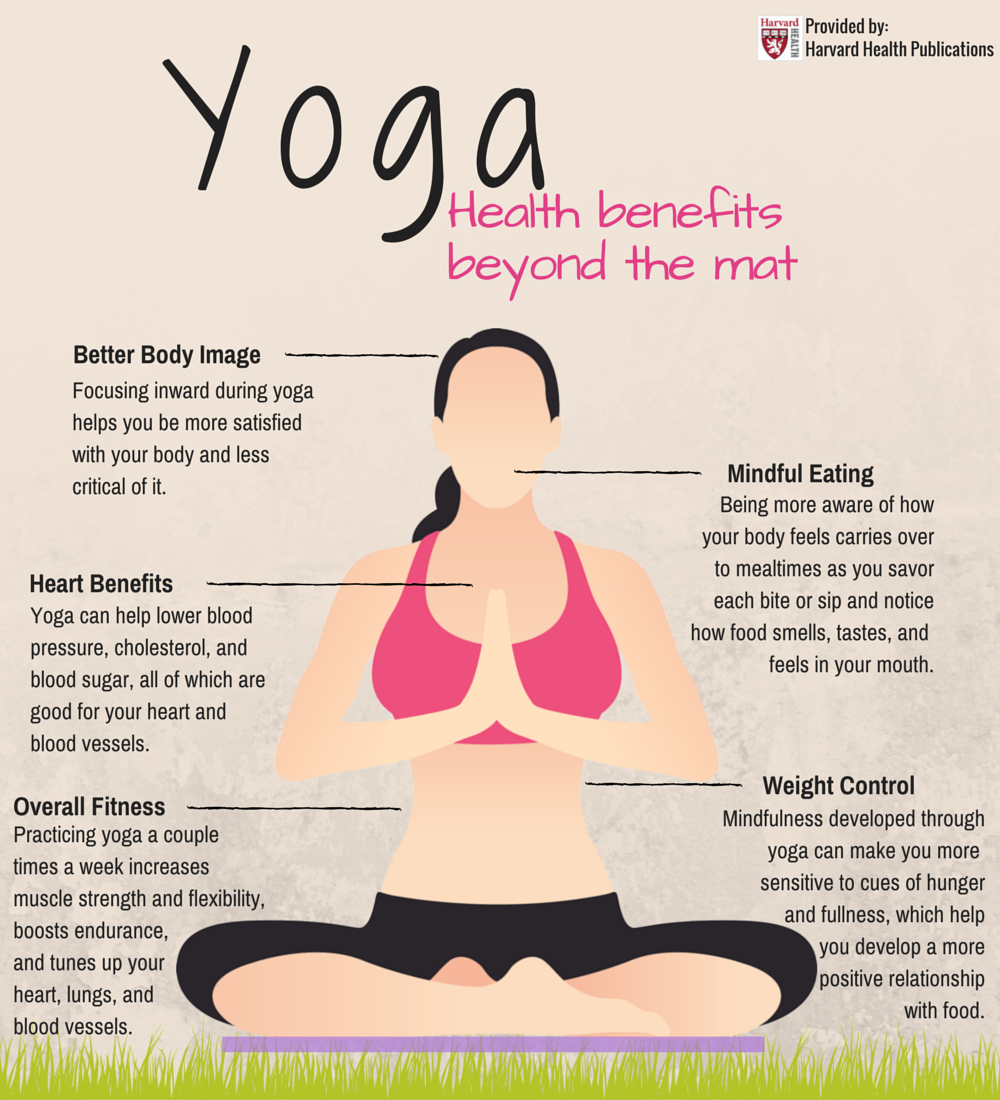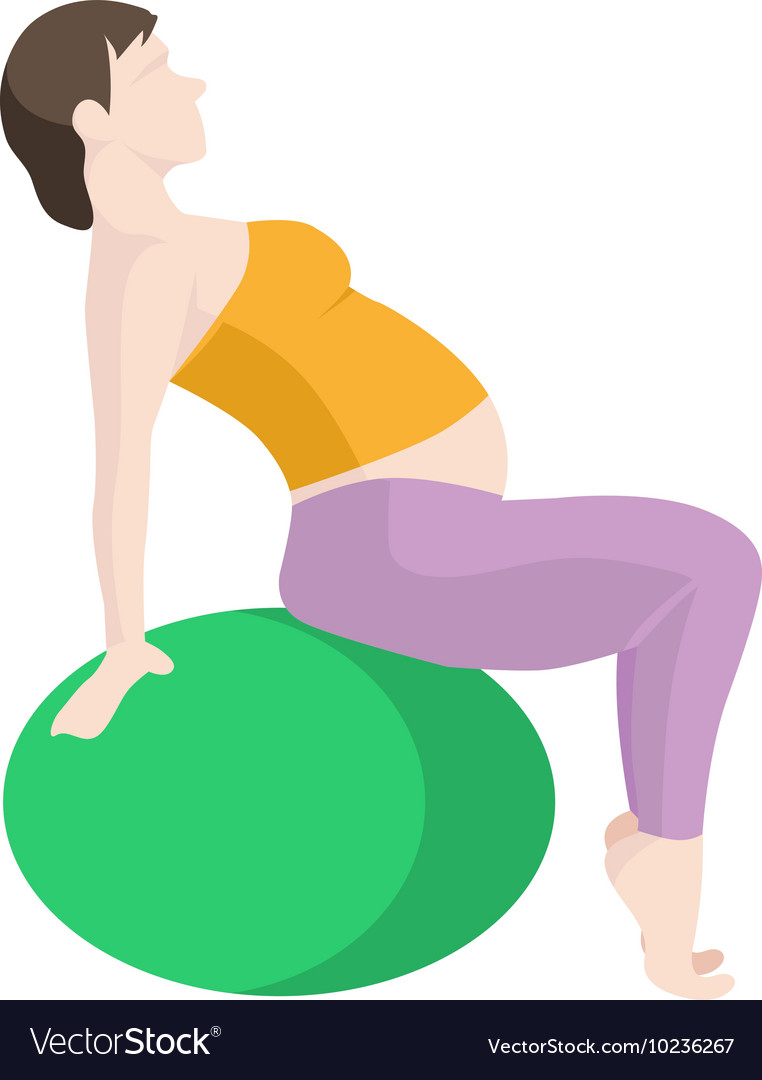
Yoga has been proven to be a treatment for depression and its symptoms. Yoga has been shown to reduce depression symptoms and the frequency of depressive episodes. Mehta Sharma & Sharma did a systematic search of all yoga literature from 2005 to 2010, looking for articles that were published in English. They discovered 18 studies that demonstrated a positive effect upon depression. They also recommended future yoga interventions.
Bikram yoga reduces depression
According to recent studies, practicing yoga twice a week can significantly reduce symptoms of depression. A study led by Maren Nyer, PhD, and Maya Nauphal, BA, found that adults who practiced Bikram yoga regularly had reduced depressive symptoms, increased physical functioning, and improved emotional regulation. Participants also reported feeling happier and more fulfilled. Additionally, participants reported that their depression levels dropped the more they participated in bikram yoga classes.
Bikram yoga decreases stress levels. The body releases more cortisol during stressful situations. This hormone is needed to deal with stress. Too much cortisol can affect memory, immune function and blood pressure. It can also cause weight gain. Cortisol excess can also increase your risk of developing depression. Hence, it is important to control the amount of cortisol in your body through regular yoga practice.
Meditation
Yoga may be a great option for people with depression, as it teaches awareness of the mind and body. It also teaches you how to connect with your soul. The soul is not something that can be fixed. However, it is the root cause behind mental illness. Yoga practitioners might be able to connect with their souls and better understand depression symptoms.

Depression is a common mental illness that affects one in seven adults in the U.S. While antidepressants are usually the primary treatment for depression in the United States, it is not always effective for all patients. Studies have shown that about 10-30% of people taking antidepressants experience no or minimal improvement. Researchers are searching for other ways to combat depression.
Movements
Recent research shows that movement-based Yoga and other complementary therapies can reduce the symptoms associated with depression. Researchers reviewed 19 studies that involved more than 1,000 patients. They found that yoga practitioners had lower depression symptoms than participants in regular care or attention-control exercises. Also, the most significant reduction in symptoms was seen for those who practice yoga regularly.
Yoga incorporates many breathing techniques, postures, meditation, and other practices. Research has shown that movement-based classes in yoga may be able to reduce depressive symptoms. These classes involve holding and flowing through various poses. There are many types of yoga classes available at your local community center, health facility, or fitness studio. Some classes can be intense and strenuous, but they are beneficial for calming the mind and strengthening the body-mind link.
Alternatives to antidepressants
Natural treatments may be an option to antidepressants if you are suffering from depression. Many people find natural treatments more beneficial than prescription medications and make them feel better. Various foods, spices, and drinks contain natural antidepressants that have been shown to help patients deal with their symptoms. Curcumin is one example of a compound found inside turmeric that can be an effective treatment. To get the best results, you should choose the supplement that matches your symptoms.
Saffron is another natural remedy for depression. The herb is used in traditional Asian and Eastern European medicine, and has been found to alleviate depression. Studies have shown that this substance increases activity of neurotransmitters that boost mood. It reduces symptoms of depression faster than prescription antidepressants, and it can also help people who suffer from depression accompanied by fatigue and anxiety. It can also be used to treat seasonal affective disorder.

Mechanism of action
A possible mechanism for yoga and depression is the elevation of brain derived nervetrophic factor (BDNF). This mechanism has been found to be associated with antidepressant medications and is likely to apply to yoga. A recent study looked at changes in BDNF levels as a result of yoga. Researchers believe yoga can reduce stress levels and provide effective treatment for depression. Further research is necessary to understand the physiological mechanism of yoga's action.
Yoga therapy was shown to reduce stress hormones in major depressive disorder patients. It also increased GABA activity, which is an inhibitory neurotransmitter. In addition, they found that the treatment improved autonomic functioning of the brain. To test this further, researchers measured blood biomarkers linked to depression, brain activation, heart rate variability, emotional processing, as well as brain activity.
FAQ
Are yoga mats expensive?
A high-quality yoga rug can cost anywhere from $20 to $100, depending on its dimensions and the material used.
How much yoga do you think is excessive?
It's important that you remember yoga isn't a sport. There is no minimum number of repetitions you must do before becoming tired. Instead, enjoy the experience and take it slow.
Do not worry if your steps slip once in awhile. Don't worry if you lose your way once in a while.
Start with 10 to 15 minute sessions if you are new to yoga. Then, work your way up.
What are the advantages of yoga for beginners
Yoga helps improve posture, flexibility, strength and breathing control. It also allows you to relax and has a positive effect on your mental clarity. You will also be more aware and connected to the world around you, your fellow humans, and yourself.
Yoga teaches you how to live life fully. Yoga teaches you to listen to your body. You accept yourself as you are. Learn to let go of tension and stress.
You can relax and enjoy the journey of life.
Statistics
- The American Psychological Association recently shared that 84% of American adults feel the impact of prolonged stress (5). (healthline.com)
- Start your Fall off right with 20% off All Access Membership when you sign up by 9/25! (corepoweryoga.com)
- In comparison, a 125-pound person is estimated to burn 135 calories in 30 minutes of walking (at a pace of 15-minute miles) and 210 calories bicycling at a moderate pace on a stationary bike. (everydayhealth.com)
- About one in seven U.S. adults practiced yoga in the past 12 months, according to a 2017 national survey. (nccih.nih.gov)
- Lock in 25% off your Founding Member rate. (corepoweryoga.com)
External Links
How To
What is your ideal position for practicing yoga?
There is no right or wrong way of practicing yoga. Everybody is unique. You just need to identify which positions are most comfortable.
Here are some common poses:
Standing poses – These poses are good for beginners. They allow you to look at your body from different angles. They also make it easier to focus on breathing.
Forward bends - Forward bends are often used to open up tight areas of the body. They can be used while lying down or sitting.
Backbends-Backbends are generally considered advanced poses. You should consult your instructor before you attempt one.
Inversions-Inversions are a pose that requires you to balance your body upside down. This type is challenging, but rewarding.